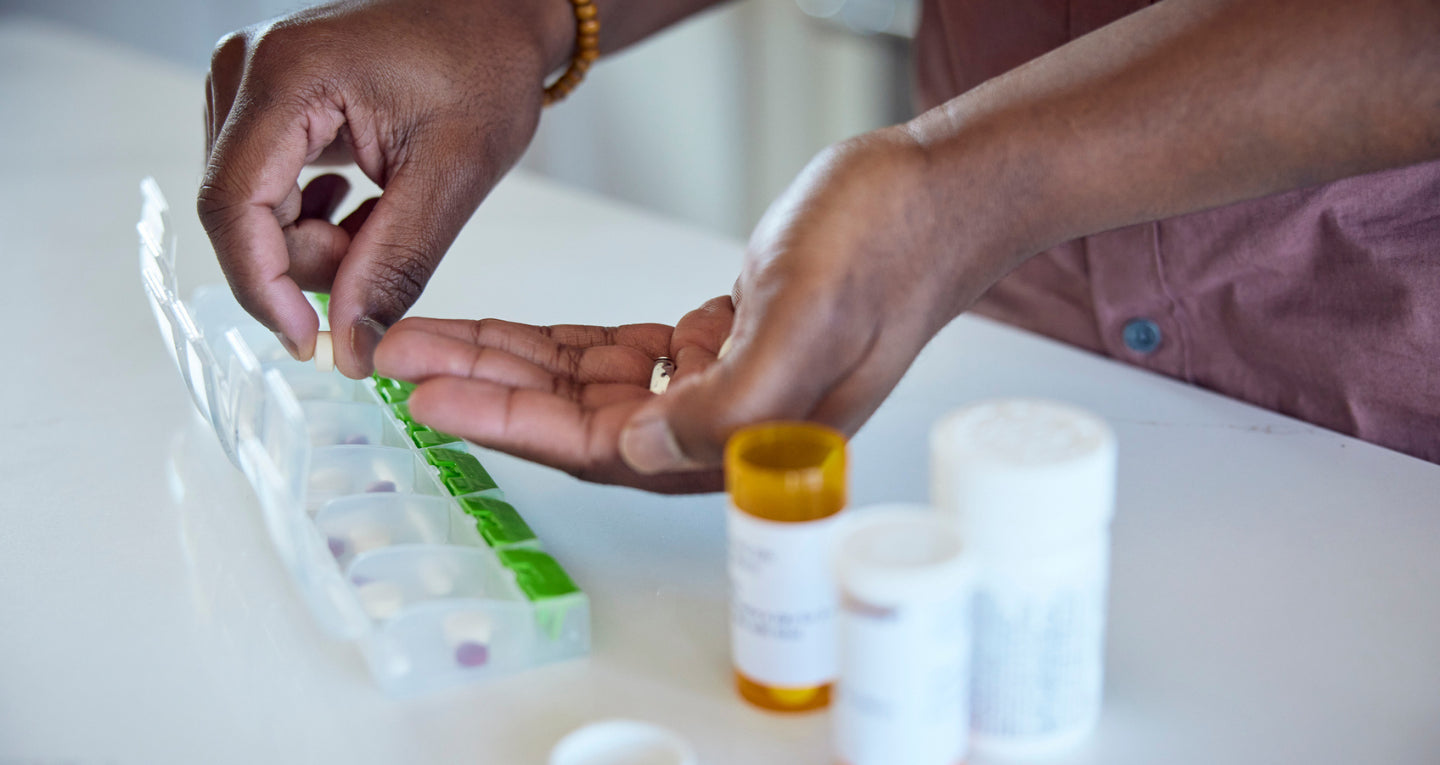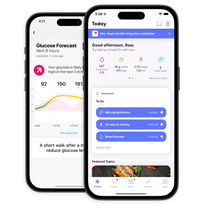Managing type 2 diabetes can require changing your lifestyle.
In addition to checking your blood sugar, it's important to incorporate a healthy diet and regular exercise.
Your doctor may also prescribe medications to help you treat and manage your type 2 diabetes.
These medications and how they work can be confusing.
So, we've created the following infographic to help you understand each of your medications and how they work to improve your blood glucose levels.
Check out the One Drop guide to T2D Meds to learn:- the differences between the 13 classes of type 2 diabetes meds and how they work to lower blood glucose
- the pros and cons of the 13 different medication classes
There's no one set type 2 diabetes treatment plan. The way in which you combine lifestyle modifications, healthier eating habits, and diabetes meds into your life are what will ultimately lead you to better diabetes management.
RELATED CONTENT
How to Lower A1C Without Medication
Metformin is regarded as the most effective first-line of defense in type 2 diabetes treatment. But there are many other medications out there that may work just as well, if not better, for you and your situation.
Type 2 Diabetes Treatments
Examples of common medications used to treat and manage type 2 diabetes include:
- Alpha-glucosidase inhibitors (AGIs), like Precose or Glyset.
- Biguanides, like metformin or Glucophage.
- Dipeptidyl peptidase-4 inhibitors (DPP-4 inhibitors), like Januvia or Tradjenta.
- Glucagon-like peptide-1 receptor agonists (GLP-1 receptor agonists), like Trulicity or Victoza.
- Sodium-glucose transporter (SGLT) 2 inhibitors, like Jardiance or Invokana.
- Sulfonylureas, like Glucotrol or Amaryl.
- Thiazolidinediones, like Actos or Avandia.
Depending on the person and the stage of their type 2 diabetes, some medications can be used in combination to reduce blood glucose levels, increase insulin sensitivity, or decrease absorption of carbohydrates.
If you're confused about your medications or just want to learn more about the options available to you, read on!
And if you're looking for extra support in making changes to your lifestyle or sticking with your medication treatment plan, consider trying One Drop Premium and connecting with a clinical health coach. All One Drop coaches are certified diabetes care and education specialists who are experts at helping people with type 2 diabetes make changes that last.




